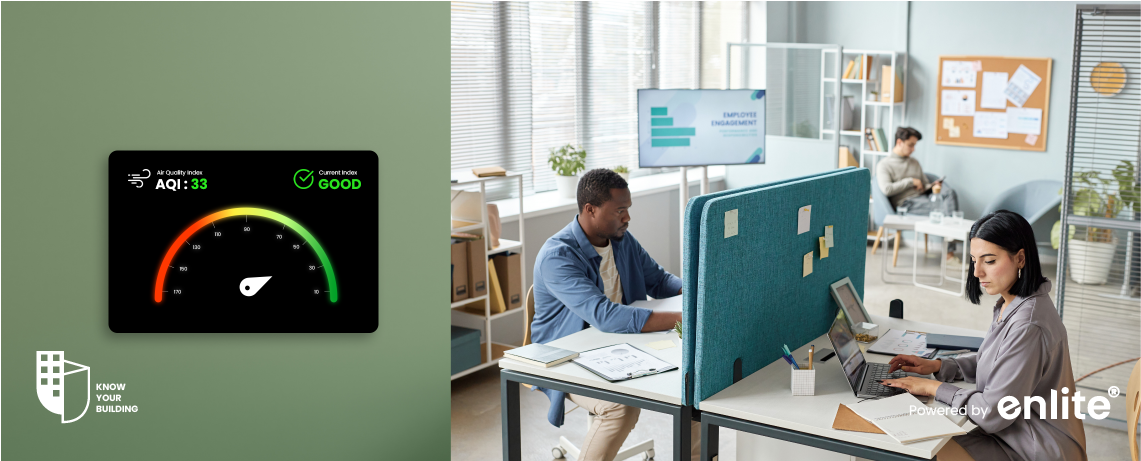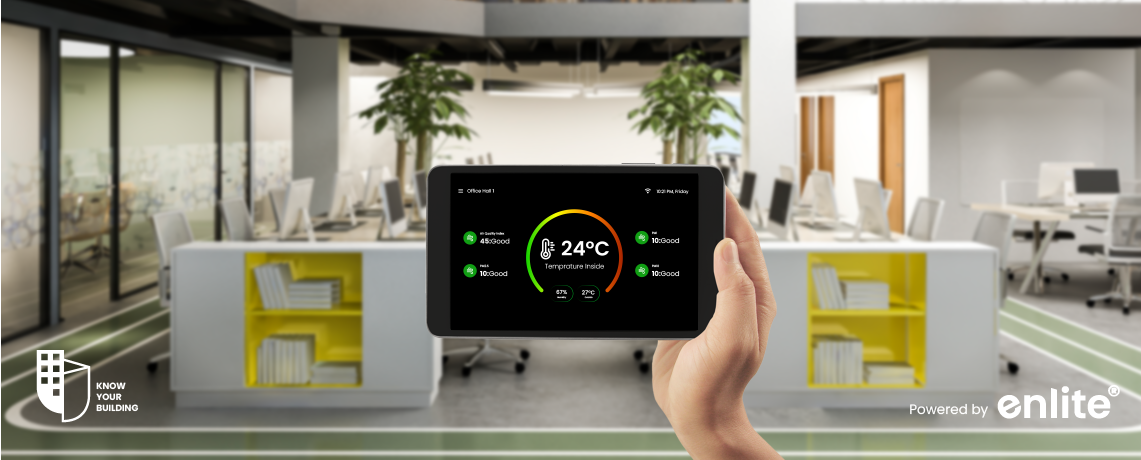Introduction
In today’s fast-paced world, commercial buildings are not just spaces for work—they are environments that directly impact occupant well-being and productivity. Building Management Systems (BMS) play a crucial role in ensuring a comfortable, efficient, and safe workplace. By integrating smart technologies, BMS optimizes HVAC, lighting, air quality, and security, creating an environment that enhances occupant comfort and maximizes productivity.
The Link Between Comfort and Productivity
A well-managed indoor environment directly influences employees’ performance, satisfaction, and overall well-being. Studies show that poor indoor conditions, such as inconsistent temperatures, poor lighting, and inadequate air quality, can lead to:
- Reduced focus and concentration
- Increased absenteeism due to health-related issues
- Higher stress levels
- Decreased workplace efficiency
With a smart Building Management System (BMS), facility managers can regulate environmental conditions in real-time to ensure a comfortable workspace, fostering better employee engagement and productivity.
How BMS Enhances Occupant Comfort
1. Optimized Indoor Air Quality (IAQ)
Poor indoor air quality can lead to respiratory issues, fatigue, and decreased cognitive function. A smart BMS continuously monitors CO₂ levels, humidity, and air pollutants, adjusting ventilation systems accordingly to maintain optimal air quality.
Benefits:
- Reduced risk of airborne illnesses
- Improved cognitive function and alertness
- Enhanced overall occupant well-being
2. Intelligent Temperature Control
Extreme temperatures—whether too hot or too cold—can make employees uncomfortable, affecting their productivity. BMS automatically regulates HVAC systems based on occupancy levels, weather conditions, and personal preferences.
Benefits:
- Personalized climate control for different zones
- Energy-efficient temperature management
- Enhanced employee comfort throughout the workday
3. Smart Lighting Management
Lighting has a significant impact on mood, focus, and productivity. Automated lighting systems in BMS adjust brightness levels based on occupancy, natural daylight, and time of day.
Benefits:
- Reduced eye strain and fatigue
- Energy savings with adaptive lighting
- Better synchronization with circadian rhythms, improving sleep and mental alertness
4. Noise Control and Acoustic Management
Unwanted noise is a common distraction in workplaces. BMS can integrate acoustic sensors and sound masking technologies to reduce background noise and enhance the overall acoustic environment.
Benefits:
- Improved concentration and focus
- Reduced stress levels
- Enhanced collaboration in shared workspaces
5. Enhanced Security and Access Control
A secure workplace leads to peace of mind for occupants. BMS integrates smart access control, surveillance, and emergency response systems to provide a safe and secure environment.
Benefits:
- Controlled access for employees and visitors
- Quick emergency response mechanisms
- Reduced workplace security risks
How BMS Boosts Workplace Productivity
1. Automated Task Management
A well-integrated BMS automates routine maintenance and facility management tasks, reducing downtime and ensuring that employees can focus on their work without disruptions.
2. Occupancy-Based Space Utilization
BMS uses sensors to track occupancy patterns and optimize space usage, ensuring better allocation of meeting rooms, workstations, and collaborative areas.
3. Energy Efficiency for a Greener Workplace
By optimizing energy consumption, BMS not only reduces operational costs but also supports sustainability initiatives, creating an environmentally responsible and productive work atmosphere.
The Future of BMS in Workplace Wellness
As technology advances, AI-driven BMS solutions are emerging, offering:
- Predictive analytics for maintenance and energy efficiency
- AI-powered personalized climate and lighting adjustments
- Integration with wearable devices for individual comfort preferences
Final Thoughts
A smart Building Management System (BMS) is no longer just a luxury—it is a necessity for creating productive, comfortable, and sustainable work environments. By investing in a cloud-native BMS like Know Your Building, businesses can ensure enhanced occupant well-being while optimizing energy and operational efficiency.
Want to enhance workplace comfort and productivity? Explore how Know Your Building can transform your space with intelligent building automation. Contact us today for a free consultation!














